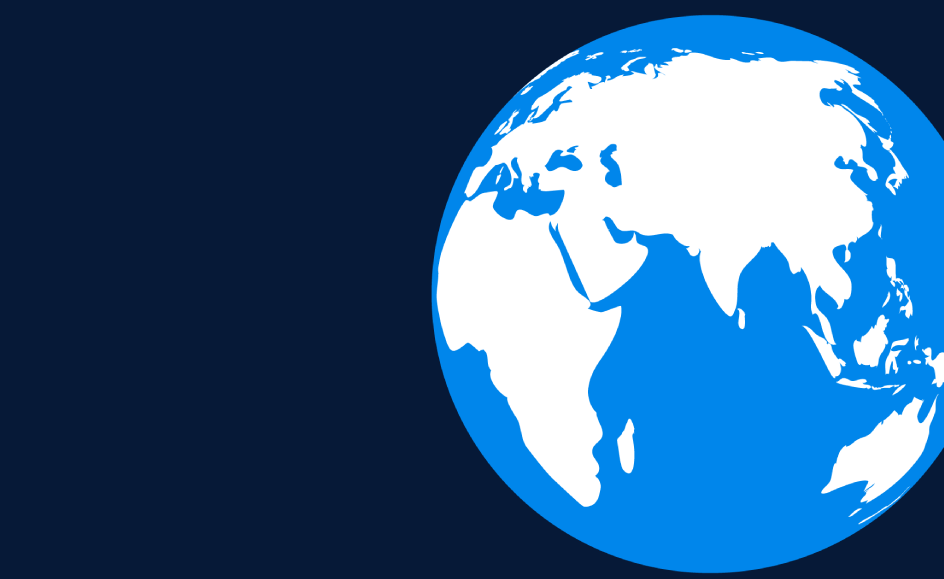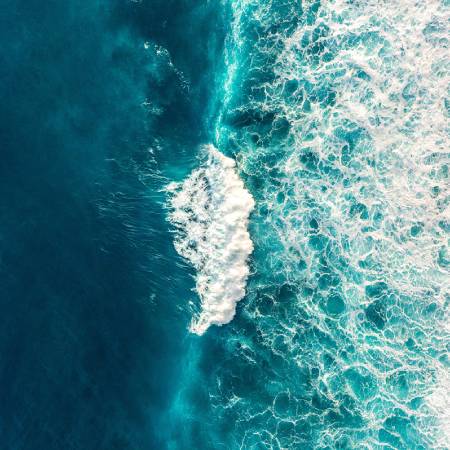
Investor Insights
Get the full picture of what's happening now, what's ahead, and how our investing teams are responding.
Browse by topic
Get the latest on the topics that matter the most to you

Markets and Economy Insights
Insights to help you navigate changing global markets

Equity Insights
Insights to help you navigate global stock markets

Fixed Income Insights
Insights to help you stay ahead in bond investing

Multi-Asset Insights
Insights to help you position your portfolio for success
Insights from the experts
items Investing during transition
Investing during transition
2025 Global Market Outlook
Explore our 2025 Global Market Outlook and learn why we believe the changes taking place in markets will deliver some of the richest opportunities since the aftermath of the global financial crisis.
 Markets and Economy
Markets and Economy
Weekly Market Recap
Our Multi-Asset Solutions team produce a weekly market recap which aims to summarise the previous week’s major events and developments that may impact markets.
 Ahead of the Curve
Ahead of the Curve
A view from global fixed income
Read the latest monthly insights from our Fixed Income CIO, Arif Husain
 Investment Institute
Investment Institute
Explore Insights from the Investment Institute
Explore differentiated analysis and peer-reviewed research in the investment topics that matter most - from behavioral finance and asset allocation to emerging trends like AI and crypto.
Latest Insights

The Blue Economy – Making Waves
T. Rowe Price and the International Finance Corporation (part of the World Bank Group) are partnering to grow the blue bond market to address the planetary and societal risks posed by the current underfunding of the blue economy.
202504-4394206